"Like seeing old friends again": British raw milk cheeses approved for sale in Australia
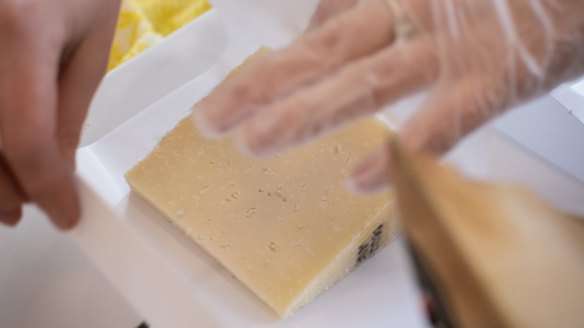
A dozen raw milk cheeses from Britain have been approved for sale in Australia after three-and-a-half years of diplomacy and scientific testing to prove they are safe.
Raw milk cheese has been a hot button topic for decades in Australia, with food safety and artisan traditions on either side of the debate.
Current rules on making raw milk cheese are extremely tight, with expensive compliance conditions attached. For that reason, there are only half-a-dozen local examples on shelves, compared with more than 20 European imports.
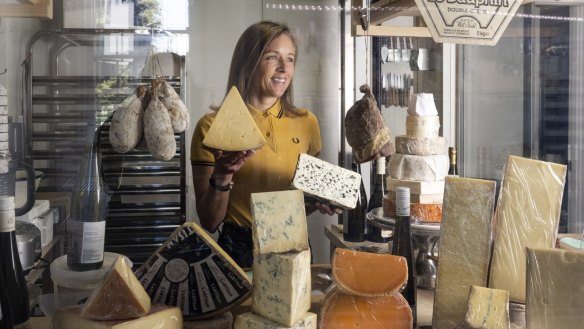
From August, cheesemongers including Jo Thompson of The Artisan Cheese Room in Sydney can get their hands on authentic British Red Leicester, farmhouse cheddar and more.
Thompson, who sold some of these at London retailer Neal's Yard Dairy, says, "I used to work with those cheeses day in, day out and I know how amazing they taste. It'll be like seeing old friends again."
Raw milk enthusiasts say these cheeses showcase a sense of place – or terroir – similar to the way different wine regions have unique characteristics. Pasteurised milk is stripped of these qualities.
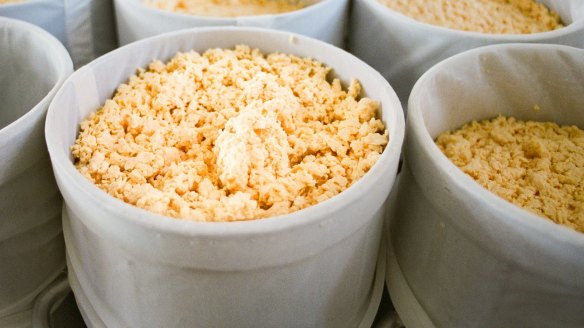
Neal's Yard Dairy and local importer Calendar Cheese were instrumental in getting the green light from the Australian government for the British cheese. Calendar is air-freighting the cheese so it arrives quickly. It will retail for $85 to $130 per kilogram depending on the style.
Pecora Dairy in NSW, which makes two raw milk cheeses, welcomes the news.
"We think it will build the market, create recognition and build trust for raw milk cheeses," says Pecora co-owner Michael Cains.
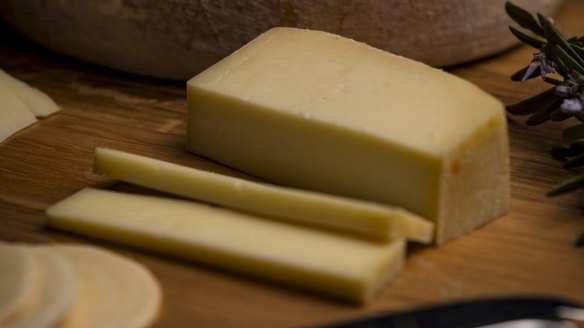
While the industry is broadly excited by the news, many also have concerns that this is another example of Australia's food standards on raw milk being applied inconsistently between local and imported cheese.
"The million dollar question is do these imports meet those standards?" says Will Studd, a leading cheese industry advocate and wholesaler. "Why is it possible to bring in English farmhouse cheddar and not make one in Tasmania?"
Both Calendar Cheese and the Department of Agriculture, Fisheries and Forestry say the cheeses comply with local rules written by Food Standards Australia New Zealand (FSANZ).
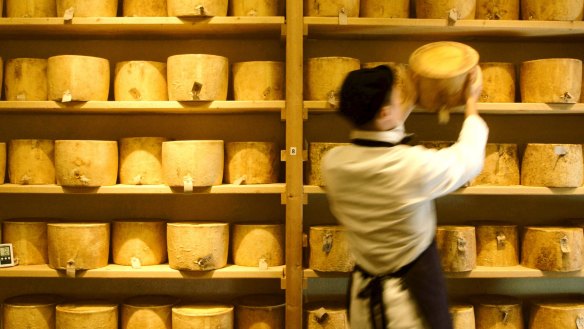
Studd and others want more transparency in how the rules are interpreted.
Currently Australian cheesemakers wanting to produce something like a Montgomery's cheddar (one of the approved British raw milk cheeses) would have to make a special application to their state authority. The cheese would be assessed on things like pH levels and moisture content, but the acceptable levels of these aren't specified.
"Regulators really need to be conscious that we don't have a higher bar in terms of compliance than we're applying to makers from overseas," says Cains.
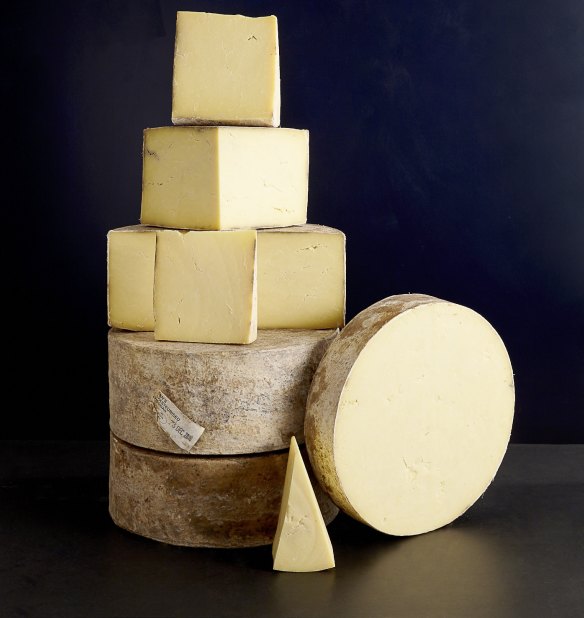
Alison Lansley is secretary of the Australian Specialist Cheesemakers' Association. "We want to understand the reasons for the government's decisions and what implications that might have for Australian cheesemakers," she says.
"We don't have a problem with really good quality imported cheese coming in, as long as the playing field is level for everyone."
Laura Simon of Calendar Cheeses says that more raw milk cheese on shelves will help build an appetite among consumers. She adds that it can show local producers how much demand exists for this type of cheese.
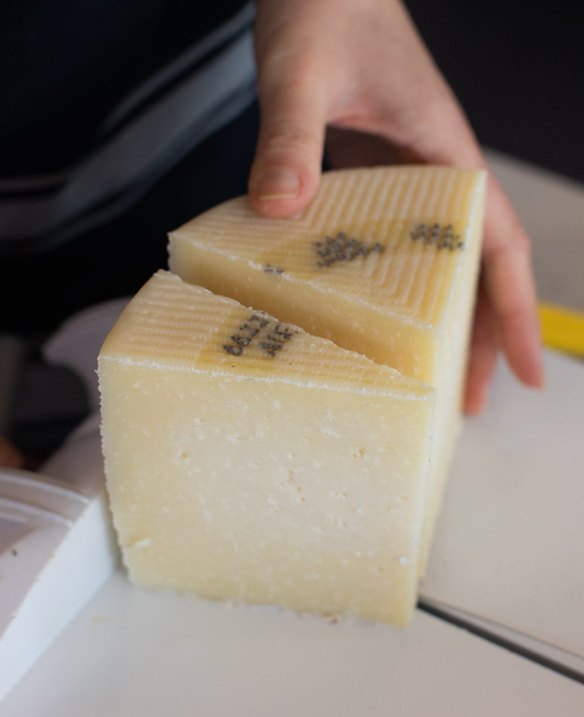
Olivia Sutton of Harper & Blohm cheese shop in Melbourne is excited to offer the new cheeses, particularly after two years of expensive freight and limited travel.
"It's going to shine a light on raw milk cheese and get the conversation started. It might prompt people to look at what Australian options there are."
In her cabinets right now, there are 10 European raw milk cheeses compared to just one local example from South Australia's Section 28.
"It's not our experience, nor do we see in other emerging or established markets, imports taking market share from domestic production," says Simon.
"Rather, the presence of high-quality cheeses lifts the overall category."
But Thompson's experience in Sydney is that the higher price of local raw milk cheese can be a barrier to consumers choosing Australian.
Burke Braddon of Prom Country Cheese doesn't see the British cheeses as competition because they don't offer a taste of local terroir, unlike his Gippsland cheese, which was the first raw milk example in Victoria.
"I know they're all great, but at the end of the day I can't say that importing a food to the other side of the world is a good thing," he says. "It would be great if consumers had enough local choice that they could eat local food and keep food miles down."
One reason for locals' suspicions about the decision on the British cheeses is Australia's messy history of regulating raw milk cheese, both local and imported.
Despite the government essentially banning all raw milk cheese until a decade ago, exceptions have been made for particular cheeses such as Roquefort, a soft blue sheep's milk cheese with hundreds of years of history, thanks to a special application by the French government.
Hard and semi-hard cheeses such as Gruyere and Parmigiano-Reggiano were also exempted in the early 2000s. Finally in 2012, Australia let local cheesemakers create raw milk cheese. Mostly these are similar to the hard, aged cheeses that had been imported for years.
After years of revisions and deals, the government stance on raw milk now has more holes in it than a piece of Swiss Emmental.
The British cheeses are the latest government-to-government deal that's been done. A departmental spokesperson said there are no other applications from other countries being assessed at present, but others are welcome to apply.
The British cheeses arriving from August will give Australians a taste of the complexity of raw milk, which is in a category of its own, according to cheesemonger Jo Thompson.
"You can get a cheap Red Leicester in Aldi which is nothing like this clothbound, unpasteurised, on-the-farm cheese. It's a world away."
She describes the territorials – the term for cheeses such as Cheshire, Lancashire and Wensleydale – as delicate and subtle and the cheddars as grassy, earthy and full of umami. Farmhouse cheddar pairs well with craft beer.
Cains feels every raw milk cheese shows off the place it was produced and that these British cheeses bring something unique to Australia's cheese cabinet.
"A cheddar from Somerset is going to express their story and what they're about. Our raw milk cheese is expressing the rolling lush green hills of Robertson."
The British deal puts more pressure on FSANZ to review its policy on raw milk cheese production locally.
Lansley says the Australian Specialist Cheesemakers' Association will be going to federal and state authorities to make the case for more clarity in Australia's rules.
"My sincere hope is that it will finally open the way for similar raw milk cheese to be made by farmhouse producers here in Australia," says Studd.
A recent history of raw milk cheese in Australia
1998 – Australia's ban on raw milk cheese is challenged by Switzerland. An exemption is granted for cooked-curd cheeses such as Gruyere and Emmental.
2002 – Exemptions granted for Italian cooked-cured cheeses such as Parmigiano-Reggiano.
2005 – French Roquefort, a soft blue sheep's milk cheese, granted exemption after extensive review and diplomatic pressure.
2009 – Australia's first raw milk cheese, C2, made by Bruny Island Cheese Co.
2012 – FSANZ standard revised to allow local cooked-curd cheeses made from raw milk (like the C2).
2015 – FSANZ standards expanded to allow more local raw milk cheeses.
Aug 2018 – First uncooked style of raw milk cheese made in Australia by Pecora Dairy.
Late 2018 – Neal's Yard Dairy and Calendar Cheese see opportunity to apply for British raw milk cheeses to be sold in Australia and make application.
2022 – UK application approved.
The full list of approved British cheeses
Appleby's Cheshire
Appleby's Double Gloucester
Hafod Cheddar
Isle of Mull Cheddar
Keen's Cheddar
Kirkham's Lancashire
Lincolnshire Poacher
Montgomery's Cheddar
Sparkenhoe Red Leicester
St Andrew's Anster
St Andrew's Cheddar
Westcombe Cheddar
- More:
- Food
